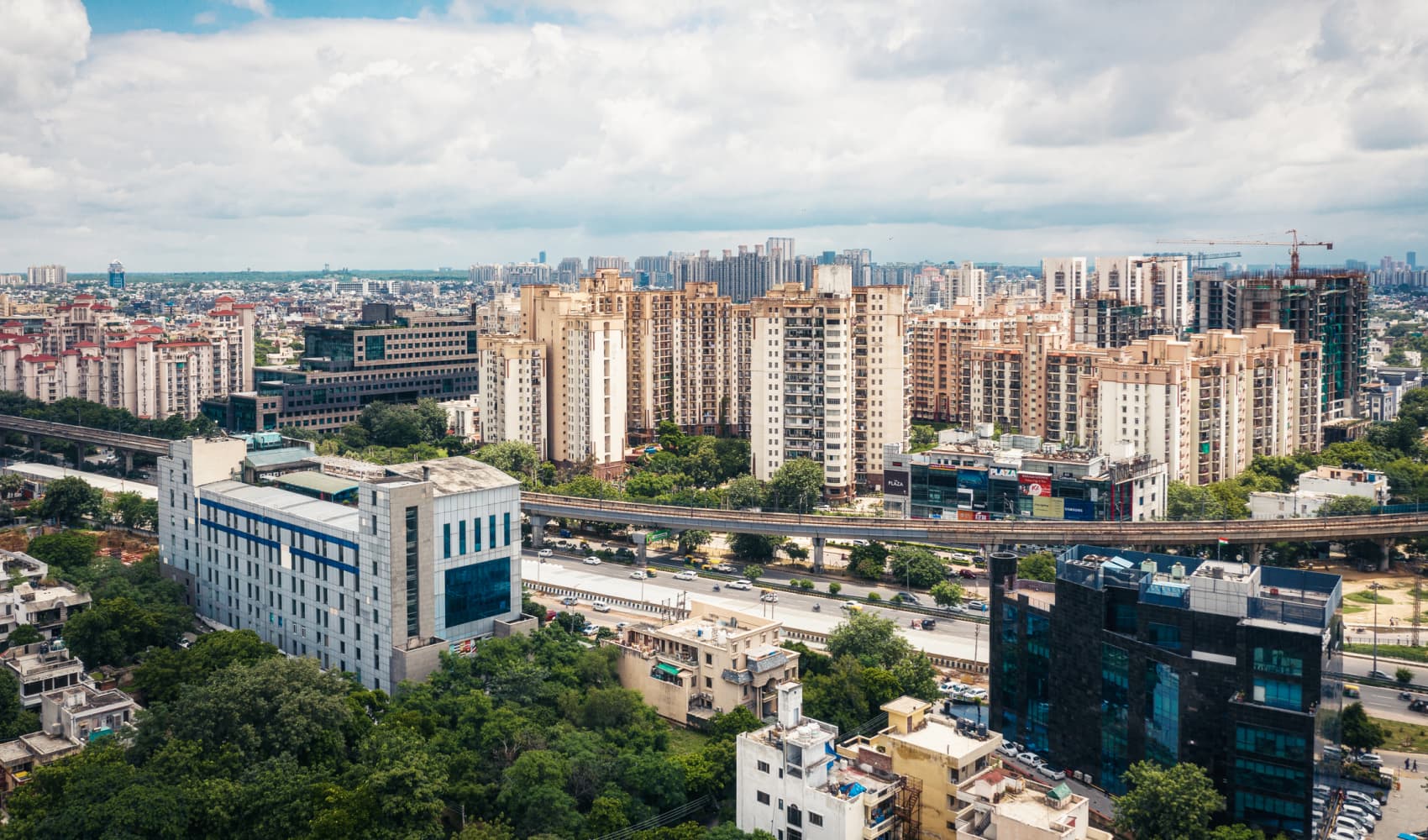India: Trade War Winner? Gary Shilling's Bullish Prediction
India's Trade War Triumph: Gary Shilling's Bullish Bet & Your Investment Opportunity
Introduction: Riding the Shifting Tides of Global Trade
The world of global trade can feel like a stormy sea, with shifting alliances and unpredictable currents. Right now, the U.S.-China trade war is churning the waters, and while some economies are getting tossed around, others are finding a favorable wind. One such nation, according to market analyst Gary Shilling, is India. But is this just another fleeting trend, or a genuine opportunity for savvy investors? Let’s dive in and see why Shilling is betting on India, and why you might want to consider it too.
Why Gary Shilling Is Bullish on India: A Closer Look
Gary Shilling, a respected name in market analysis, isn't known for impulsive decisions. So, when he highlights India as a potential investment hotspot, it's worth paying attention. What are the key factors driving his optimism? Let's break it down.
A Foundation of Democracy and Law
Shilling points to India's democratic foundation and its British-inherited legal system as crucial advantages. In a world increasingly wary of authoritarian regimes and unpredictable regulations, India's relatively stable and predictable environment provides a sense of security for investors. Think of it as building your house on solid ground instead of shifting sand.
The Power of English
The widespread use of English in India is another significant plus. In today's globalized world, effective communication is paramount. "The English language is widely used, which is 'pretty handy in today's world,'" Shilling said. This facilitates business transactions, attracts foreign investment, and promotes technological innovation. It’s like having a universal translator in your back pocket.
Demographic Dividend: India's Booming Population
While China's population is projected to decline, India's is booming. This demographic shift presents both challenges and opportunities. Shilling sees it as a major advantage. But why? What does a growing population actually mean for the economy?
The Workforce of the Future
With over 1.44 billion people, India has surpassed China as the world's most populous nation. This translates to a massive and growing workforce, eager to contribute to the economy. A larger workforce means more potential consumers and a larger pool of skilled labor. This is like having a wellspring of human capital ready to be tapped.
Consumption Patterns and Economic Growth
As economies grow, spending patterns shift. “As economies grow, more money proportionally is spent on services and less on goods,” Shilling notes. "You can only put so many cars in your driveway, but in services, you can spend almost..." That’s where India, with its growing middle class and increasing demand for services, stands to benefit significantly. Think of it as moving from buying necessities to enjoying luxuries, a sign of increasing prosperity.
The Impact of the U.S.-China Trade War
The U.S.-China trade war has created a vacuum in the global market, and India is well-positioned to fill it. But how exactly does this conflict create an opportunity for India?
Supply Chain Diversification
Many companies are looking to diversify their supply chains to reduce their reliance on China. India presents a viable alternative, with its large manufacturing base and growing infrastructure. This is like spreading your eggs across multiple baskets to mitigate risk.
Attracting Foreign Investment
As companies reassess their global strategies, India is becoming an increasingly attractive destination for foreign investment. The government's efforts to improve the business environment and streamline regulations are further enhancing its appeal. Think of it as rolling out the red carpet for international businesses.
Challenges and Opportunities: A Realistic Perspective
While the outlook for India is promising, it's important to acknowledge the challenges. India still faces significant hurdles in terms of infrastructure, poverty, and bureaucratic red tape. However, these challenges also present opportunities for growth and investment.
Infrastructure Development
India needs to invest heavily in infrastructure to support its growing economy. This includes improving roads, ports, and power grids. Investments in infrastructure can create jobs, boost productivity, and improve the overall quality of life. It's like laying the foundation for a skyscraper to reach new heights.
Addressing Poverty and Inequality
While India has made significant progress in reducing poverty, it remains a major challenge. Addressing income inequality and providing access to education and healthcare are crucial for sustainable development. Think of it as ensuring that everyone has a fair chance to succeed.
Cutting Red Tape
India's bureaucracy can be a major obstacle for businesses. Streamlining regulations and improving transparency are essential for attracting investment and promoting economic growth. It's like clearing the path for progress and innovation.
Sector-Specific Opportunities in India
Which sectors are poised to benefit the most from India's growth? Let's explore some specific areas of opportunity.
Technology and IT Services
India's IT sector is already a global powerhouse, and it has the potential to grow even further. The country's large pool of skilled engineers and its competitive labor costs make it an attractive destination for outsourcing and technology development. It's like having a Silicon Valley in the making.
Manufacturing
India's manufacturing sector is also on the rise, driven by government initiatives like "Make in India." The country is becoming a hub for automotive, electronics, and pharmaceutical manufacturing. Think of it as transforming from an agrarian economy to an industrial giant.
Renewable Energy
India is committed to transitioning to a cleaner energy future. The country has ambitious targets for renewable energy development, creating significant opportunities for investment in solar, wind, and other renewable energy technologies. It's like harnessing the power of nature to fuel economic growth.
Investment Strategies for India
How can you capitalize on the India opportunity? Here are some potential investment strategies.
Direct Investment
Direct investment involves investing directly in Indian companies or projects. This can provide higher returns but also carries greater risks. It's like diving headfirst into the Indian market.
Indirect Investment
Indirect investment involves investing in Indian stocks, bonds, or mutual funds. This is a less risky way to gain exposure to the Indian market. Think of it as testing the waters before taking the plunge.
Exchange-Traded Funds (ETFs)
Investing in India-focused ETFs can be a convenient and diversified way to gain exposure to the Indian market. These ETFs track the performance of Indian stock indices. It's like having a diversified portfolio of Indian stocks in a single investment.
Risks to Consider
Like any investment, investing in India comes with inherent risks. It's crucial to be aware of these risks before making any decisions.
Political and Economic Instability
Political and economic instability can negatively impact investment returns. It's essential to stay informed about the latest developments and assess the potential risks. Think of it as navigating a turbulent sea with caution.
Currency Risk
Currency fluctuations can also impact investment returns. A weakening Indian rupee can erode the value of your investments. This is like facing headwinds that slow your progress.
Regulatory Challenges
Navigating India's regulatory environment can be complex and time-consuming. It's important to seek professional advice and understand the local regulations. Think of it as navigating a maze with the help of a guide.
Conclusion: India – A Promising Investment Destination?
Gary Shilling's bullish outlook on India highlights the country's potential to benefit from the U.S.-China trade war. India's democratic foundation, English-speaking workforce, and booming population make it an attractive investment destination. While challenges remain, the opportunities in sectors like technology, manufacturing, and renewable energy are significant. By carefully considering the risks and opportunities, investors can potentially reap substantial rewards from India's growth story. So, is India the next big thing? It certainly seems to be heading in that direction.
Frequently Asked Questions (FAQs)
Here are some frequently asked questions about investing in India:
- What are the main advantages of investing in India compared to China?
India offers a democratic political system, a widely spoken English language, and a younger, growing population, contrasting with China's authoritarian regime and declining workforce.
- What are the biggest challenges facing India's economic growth?
Key challenges include inadequate infrastructure, persistent poverty, bureaucratic inefficiencies, and income inequality.
- Which sectors in India offer the most promising investment opportunities?
Sectors like technology, manufacturing, renewable energy, and infrastructure are seeing significant growth and present attractive investment prospects.
- How can I invest in India if I'm a foreign investor?
Foreign investors can invest through direct investment, purchasing stocks and bonds, or investing in India-focused exchange-traded funds (ETFs).
- What are the main risks associated with investing in the Indian market?
Risks include political and economic instability, currency fluctuations (particularly a weakening rupee), and navigating complex regulatory hurdles.


